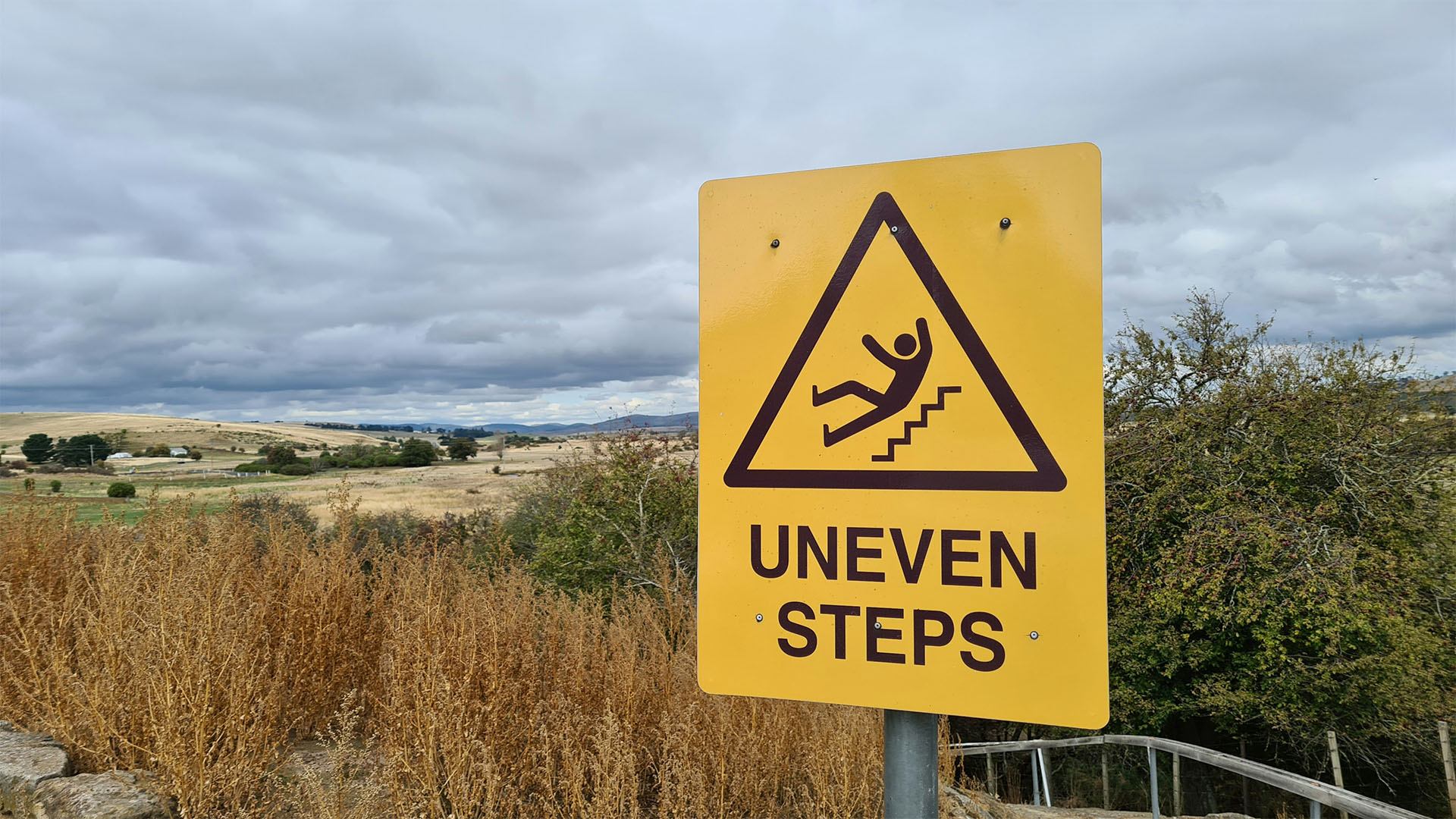United States federal law prohibits employers from discriminating against protected demographics such as age, disabilities, gender, race, or religion. In 1964, the Civil Rights Act saw the creation of the federal government agency called The Equal Employment Opportunity Commission also known as the EEOC to help enforce those laws. These laws apply to employers who have at least fifteen to twenty employees including employment agencies and labor unions. Not only are employees protected against discriminatory harassment and termination, but they are also entitled to equal hiring and promotion opportunities as well as fair wages and benefits.
The Equal Employment Opportunity Commission manages all avenues of handling job discrimination such as:
- Interpreting the law
- Administering the law
- Issuing regulations
- Accepting claims
- Investigating claims
- Mediating settlements
- Litigating cases
- Holding hearings
What is the EEOC?
Though the Civil Rights Act that created the Equal Employment Opportunity Commission was established in 1964, the organization was not officially up and running until July of 1965. From then on up through 2021 the Equal Employment Opportunity Commission has established 37 different field offices in 15 different districts across the country in addition to its main headquarters located in Washington D.C. From there, they maintain and enforce the laws that protect workers from discrimination and harassment in the workplace.
How the EEOC Works
There are several types of demographics that are protected from discrimination and harassment under United States federal law:
- Age
- Disabilities
- Ethnicity
- Gender
- Genetic Information
- National Origin
- Pregnancy
- Religion
- Sex
- Sexual Orientation
Employers are also prohibited from retaliating against any employees who complains, files a claim, or is a part of an investigation regarding harassment or discrimination. In 2020, approximately half of all claims filed with the EEOC were in regard to retaliation.
Laws Enforced by the EEOC
It is illegal to discriminate against employees or potential employees at any point in the employment relationship and complaints made to the EEOC can be due to a myriad of situations including but not limited to:
- Hiring
- Training
- Wages
- Benefits
- Harassment
- Promotions
- Demotions
- Termination
Employers with 15 or more employees (20 or more in age discrimination claims) can be investigated and even prosecuted by the EEOC. Even labor unions and employment agencies are bound by federal discrimination laws. Sometimes, the EEOC does not even need an official complaint from an employee in order to take action. A commissioner’s charge is when the commissioner of the EEOC takes action and issues a charge against an employer at their discretion.
There are many federal laws on the books that fall to the EEOC to enforce such as:
The Equal Pay Act (1963) – Employers must pay men and women equal wages for equal work. Although this law is currently enforced by the EEOC, it actually predates the Civil Rights Act and was therefore originally under the jurisdiction of the Department of Labor.
Title VII of the Civil Rights Act (1964) – Employers are not allowed to discriminate against employees or applicants for employment due to their race, sex, or religion. Employers are also forbidden from retaliating against any employee who reports this kind of discrimination. As of the 1980s, this law has also been applied to instances of harassment against these protected demographics.
The Age Discrimination in Employment Act (1967) – Employers are not allowed to discriminate against employees or applicants for employment on the basis of their age. This law protects workers who are age 40 or older and protects their right to equal benefits. If an employer adds to a severance agreement that an employee waive their right to sue on the grounds of age discrimination, they must also provide them with additional information.
Sections 501 of The Rehabilitation Act (1973) – Section 501 specifies that federal employers are not allowed to discriminate against employees or applicants for employment on the basis of any mental or physical disabilities. Federal employers must also provide any employees with disabilities any reasonable accommodations they need in order to do their jobs.
The Pregnancy Discrimination Act (1978) – In 1976, the Supreme Court decided that pregnancy is not a protected category under the Civil Rights Act. Therefore, a new law was drafted by congress to forbid employers from discriminating against employees or applicants for employment who are pregnant or may become pregnant as a form of sex discrimination.
Title I of The Americans with Disabilities Act (1990) – Employers are not allowed to discriminate against employees or applicants for employment on the basis of any past, present, potential, or presumed disabilities. Employers also have a responsibility to provide any employees who have disabilities with reasonable accommodations necessary for them to be able to do their jobs.
The Genetic Information Nondiscrimination Act (2008) – Employers are not allowed to discriminate against employees or applicants for employment on the basis of their genetic information. This law generally also forbids employers from collecting their employees’ genetic information. If employers do obtain their employees’ genetic information, they must keep it confidential.
What Role Does the EEOC Play?
Before getting involved in individual cases, the EEOC actually takes many measures against discrimination in general.
Regulation and Guidance
By providing education and outreach, they can help prevent discriminatory practices from occurring in the first place. They also assist government agencies in adhering to the regulations set forth by the EEOC and maintaining their affirmative employment programs. They even provide training for Administrative Judges on conducting EEO complaint hearings and adjudicating administrative appeals on those complaints.
The EEOC sets forth regulations that act as interpretations of the employment laws issued or amended by Congress. The point of these regulations is to provide the definitions, rules, and guidelines needed to follow and enforce those laws. The EEOC ensures EEO compliance to ensure federal employee rights. They also provide clarifications and specificity in areas such as whether employees with mental disabilities are protected by ADA laws and whether employers can use a person’s criminal record against them during the hiring process.
Federal Employee Rights
The federal government is also governed by the EEOC when it comes to staying EEO compliant. Federal employees with discrimination, harassment, or retaliation grievances must bring their complaint to the EEOC office. This compliant is investigated and processed by an administrative judge who hears the case.
Charge Processing
When any employee who is under the protection of EEOC regulations faces discrimination, they file a complaint known as a charge. This includes not only harassment and discrimination from the employer themselves, but also harassment and discrimination committed by members of their staff or 3rd parties that they did not prevent or put a stop to. Similar to federal employee claims, the EEOC then evaluates that charge and determines how best to proceed. If they determine that the claim is not valid or was not filed properly, they may dismiss it.
If they determine that the claim may be valid, there are several steps that they will take:
- Investigation – The EEOC will conduct interviews with the employer, employee, and any witness to the situation. They will also collect any documentation evidence that may be relevant. They will conclude whether or not there is reason to believe that discrimination occurred.
- Mediation – If the EEOC concludes that there was discrimination, they may bring the employee and the employer together in a meeting with a neutral third party mediator to try and resolve the issue and/or negotiate a settlement.
- Litigation – If the matter can not be resolved or a settlement can not be reached, the matter may be moved to litigation. In rare instances, the EEOC may choose to litigate the matter themselves. More commonly however, they may present the employee with a right to sue letter confirming that the charge has been filed and is eligible to go to court. Sometimes, the employee may request this letter before the EEOC has finished processing the charge.
How Does the EEOC Prevent Discrimination?
There are many different things that the Equal Employment Opportunity Commission does to stop discrimination from happening in the first place:
- Free presentations explaining why the EEOC exists and how it operates. These presentations may be given at conferences, private meetings, and for different employer groups or professional organizations.
- Establishing liaisons for small businesses to communicate with and get the information they need.
- Providing disabled veterans with the resources and information they need.
- Educating teenagers about their rights and options when it comes to workplace discrimination.
- Additional paid extensive training available for employers via the EEOC Training Institute.
What to Do If You Are a Victim of Workplace Discrimination?
When someone is harassed or discriminated against due to their age, race, religion, gender, sexual orientation, or disabilities, they are able to file a complaint with the EEOC. This complaint is called a charge and is a written explanation of how an employer or union is guilty of discrimination and a request for action to be taken, signed by the employee. Before filing a complaint, the employee must submit an inquiry online and go through an intake interview with a member of the EEOC. Depending on the details of the situation, the employee may have 180 or 300 calendar days in which to file a charge. The Equal Pay Act is the only law enforced by the EEOC that does not require a formal charge to be filed before the employee can file a lawsuit.
EEOC Complaint Process
When an employee enters into the complaint process, the information they provide is fully confidential up until the actual charge is filed. After the charge is filed, the employer must be notified by the EEOC within 10 days. In some situations, such as when the employee is a minor, someone else may file the charge on their behalf. At this point, there are several steps that can be taken:
- Alternative Dispute Resolution – Federal agencies such as the EEOC must provide alternative dispute resolution. One way that the parties may choose to resolve the issue is through mediation. The EEOC will prove a neutral third party to sit with the employee and employer to negotiate a resolution or settlement. The parties may request a mediation at any time if the EEOC believes the charge is valid. These mediations often take approximately three months.
- Response and Investigation – After the employer has been notified of the charge, they must respond within 30 days. After they have made their respondent’s position statement, the parties making the charge have 20 days to respond. The EEOC conducts investigation into charges of discrimination by conducting interviews and requesting documentation related to the situation. Once all the evidence has been reviewed, the investigator will determine whether or not it is a valid claim. These investigations generally take at least 10 months.
- Right to Sue – The EEOC may issue a Right to Sue letter to the employee. This is a notice that the employee has the right to file a federal lawsuit. The employee may request this letter after 180 days into the investigation, or the EEOC may issue it if they do not wish to litigate the charge themselves. If an employee is filing a charge under the Equal Pay Act or the Age Discrimination in Employment Act, they do not need to have a Right to Sue letter. If someone is suing for age discrimination, they have 60 days in which to file a lawsuit. Someone suing for wage discrimination has two years from the date of the last paycheck.
- Litigation – EEOC cases are prosecuted by the Office of General Counsel. It would be impractical for the EEOC to try to prosecute every case themselves, and so they take special care to determine the strength and validity of each charge before deciding on litigation. The EEOC prosecuted 93 cases in 2020, recovering approximately $106 million.
Damages Recovered in EEOC Claims
When the EEOC files a lawsuit, they may seek both compensatory as well as punitive damages from employers who discriminated against their employees or allowed their employees to be discriminated against by other workers. Compensatory damages are meant to restore the victim, whereas punitive damages are meant to punish the wrongdoer and deter the behavior.
Compensation and injunctive relief for employees in discrimination cases may include back-pay, court and attorney fees, or even job reinstatement. There is a maximum limit to how much an employee may recover based on how many employees the employer has:
- 15-100 employees: maximum $50k
- 101-200 employees: maximum $100k
- 201-500 employees: maximum $200k
- >500 employees: maximum $300k
Contact Mesriani Law Group if You Have an EEOC Claim
Everyone has the right to a workplace that is free of harassment and discrimination. Unfortunately, these things are still all too common. When an employer discriminates against their employee, they must be held accountable. Our employment lawyers are experienced, hardworking, and dedicated to helping our clients receive justice and the compensation they deserve. If you have been harassed or discriminated against by your employer, call Mesriani Law Group today for a free consultation.
EEOC FAQs
What does the EEOC do?
The Equal Employment Opportunity Commission also known as the EEOC is responsible for enforcing federal laws prohibiting employers from harassing or discriminating against their employees based on the employees age, disabilities, ethnicity, gender, genetic information, national origin, pregnancy, religion, or sexual orientation. They investigate charges of discrimination and hold employers accountable for their actions.
What is the most common complaint brought to the EEOC?
When an employee files a complaint or participates in a discrimination investigation, their employer may punish them by cutting their hours, demoting them, or creating a hostile work environment. When this happens, it is considered retaliation. The EEOC has found that almost half of all charges filed with them are for retaliation.








